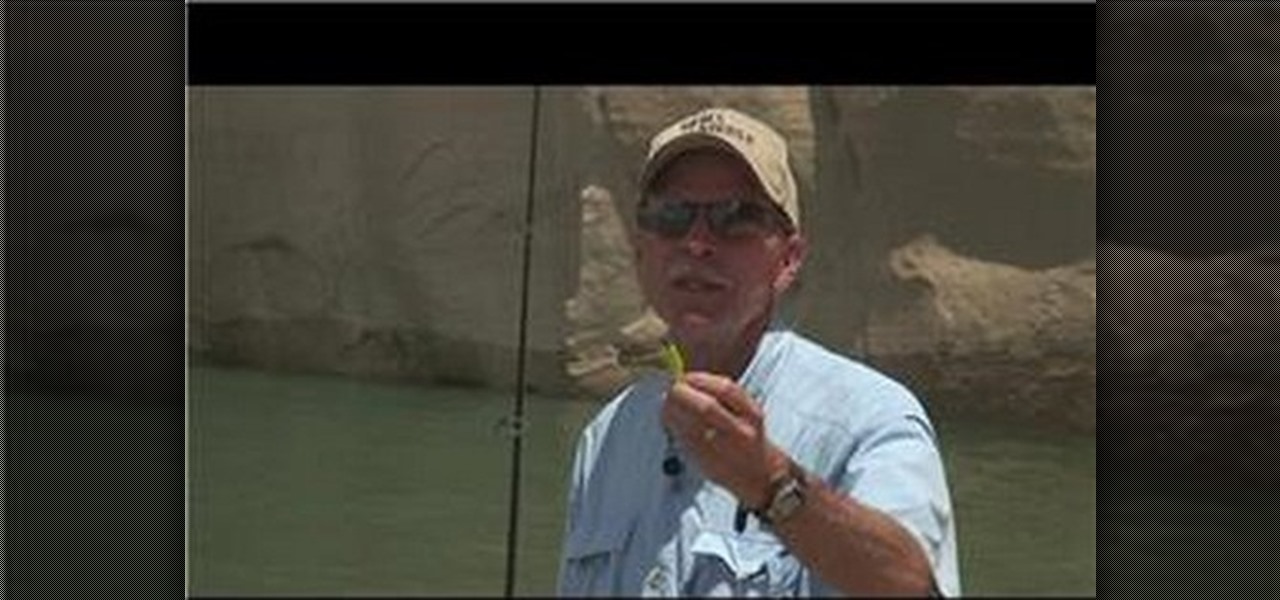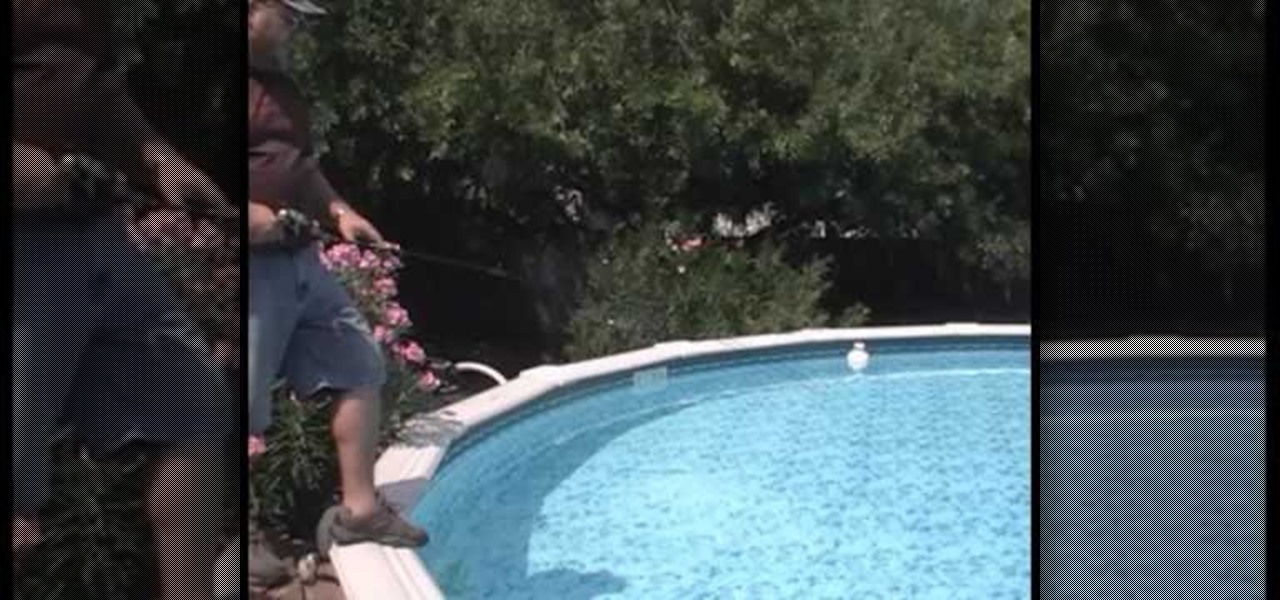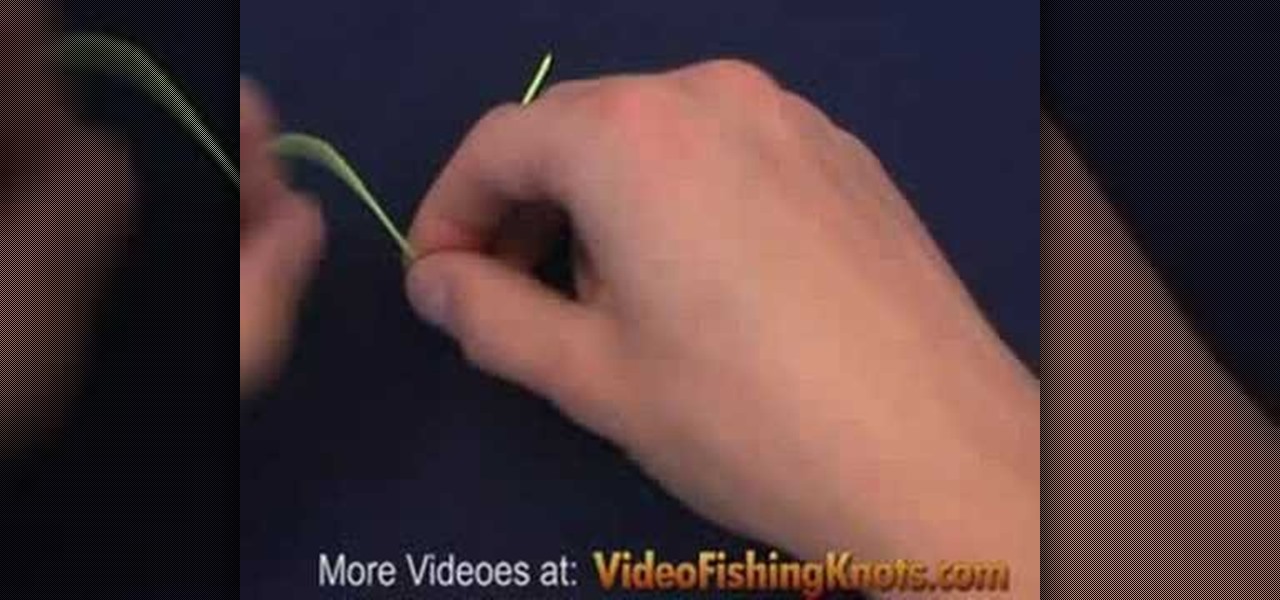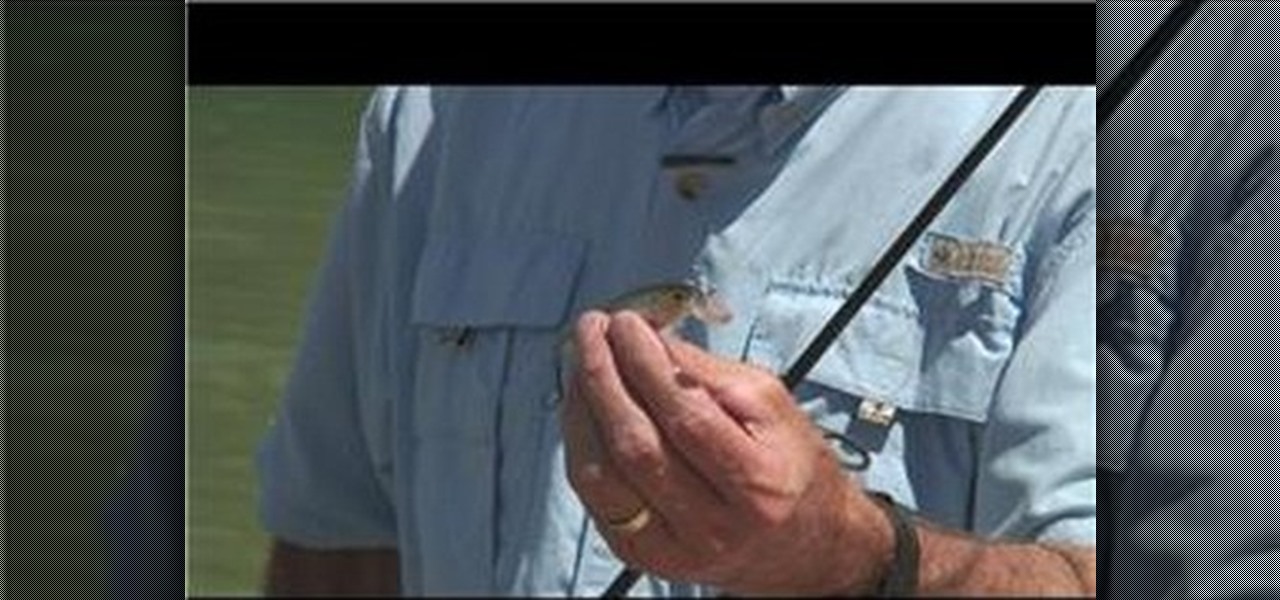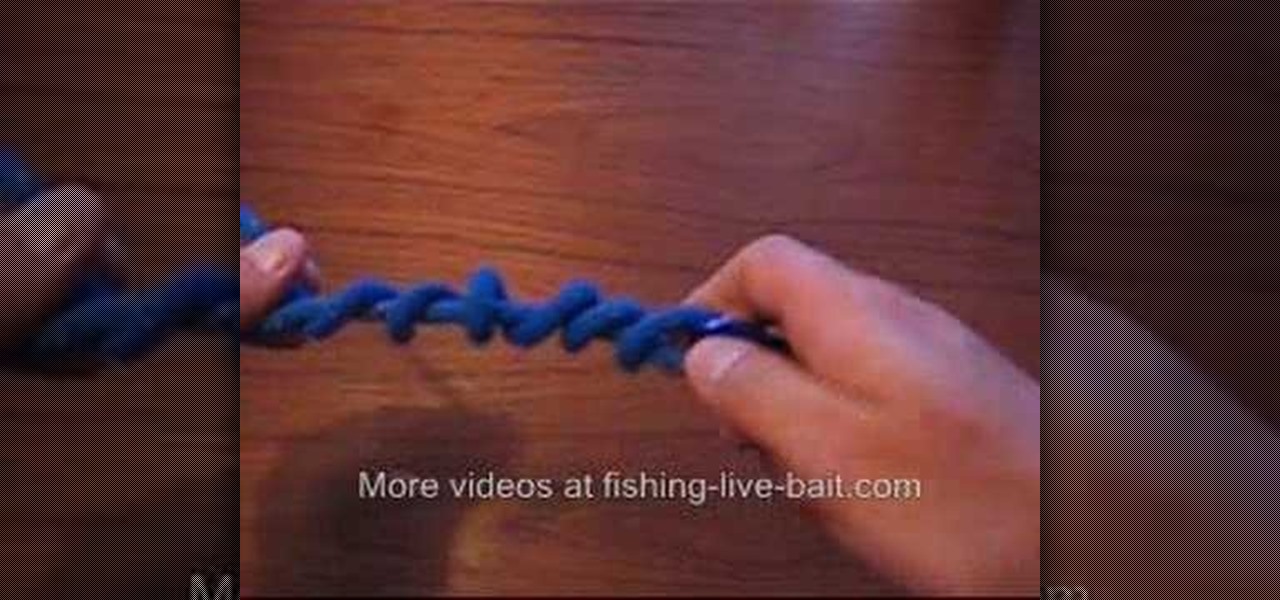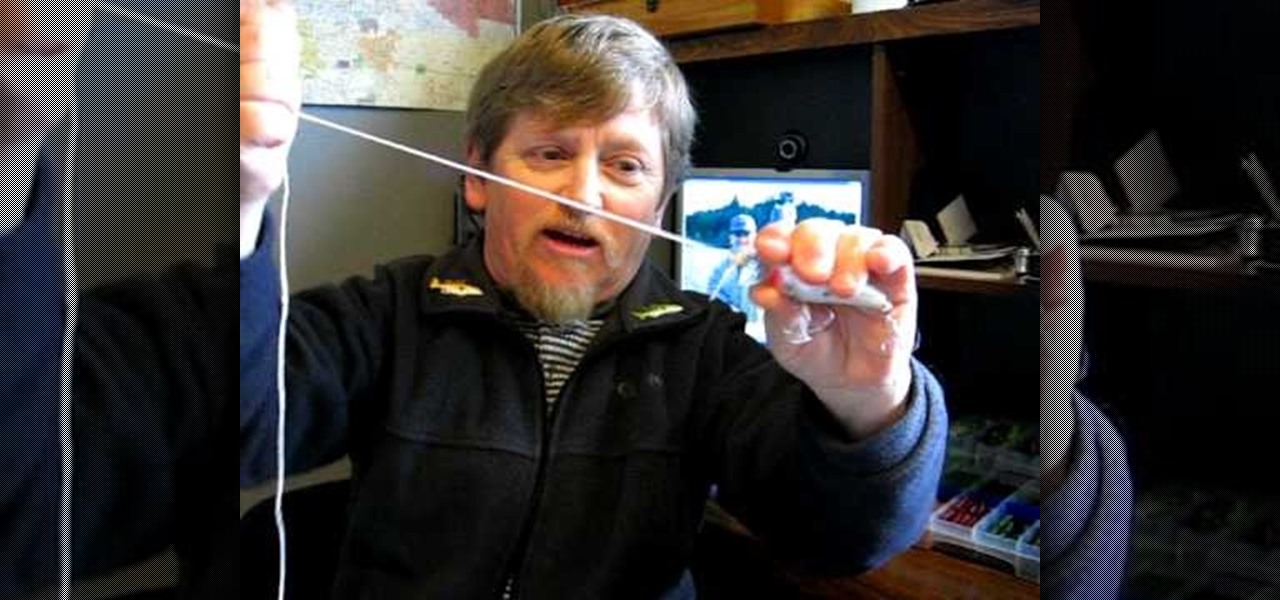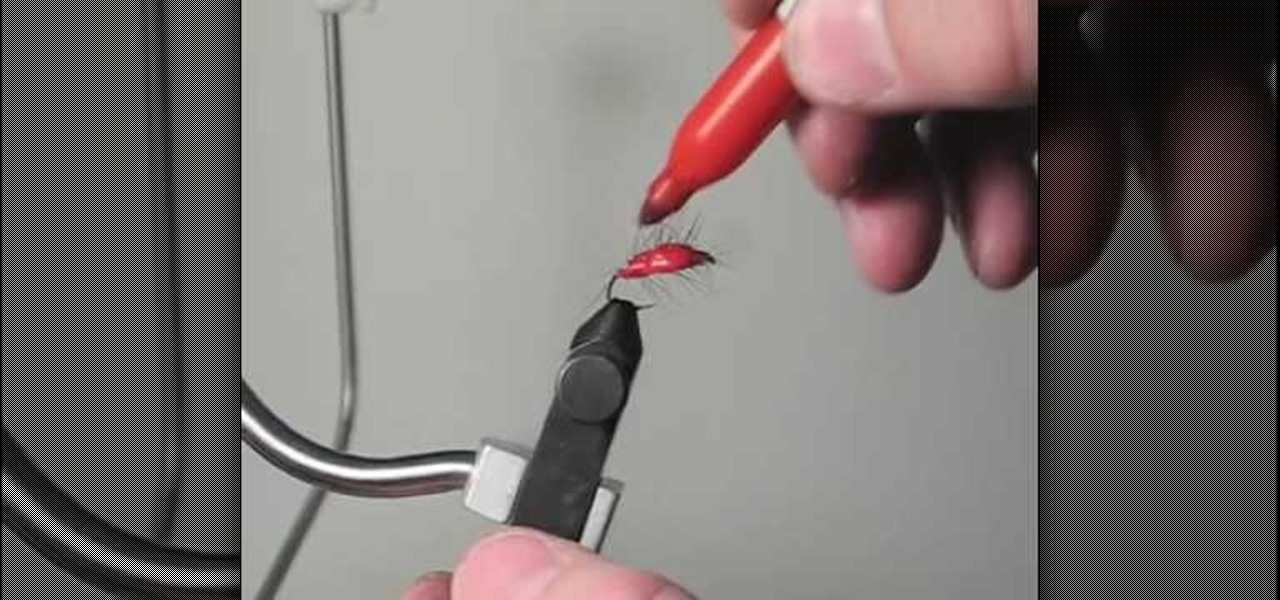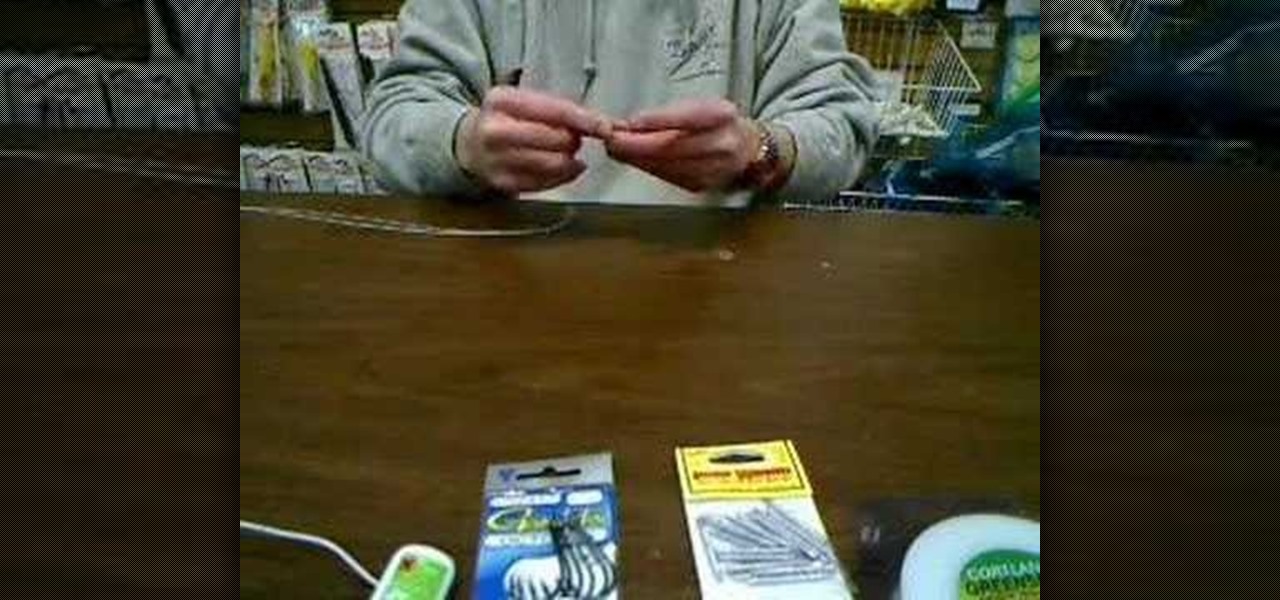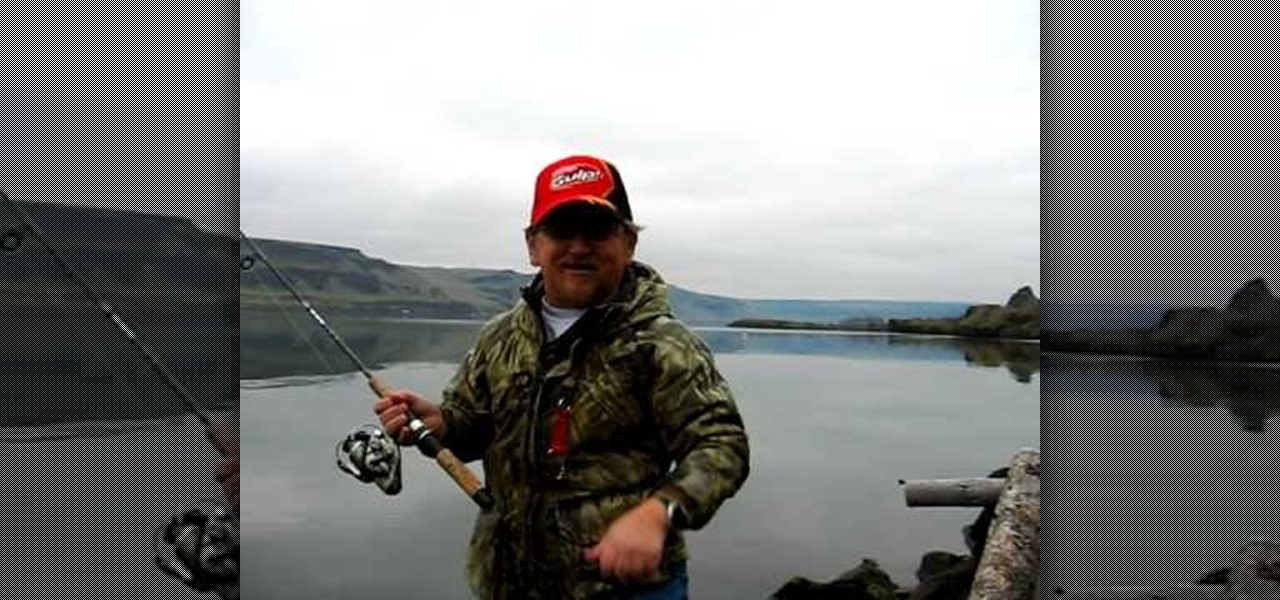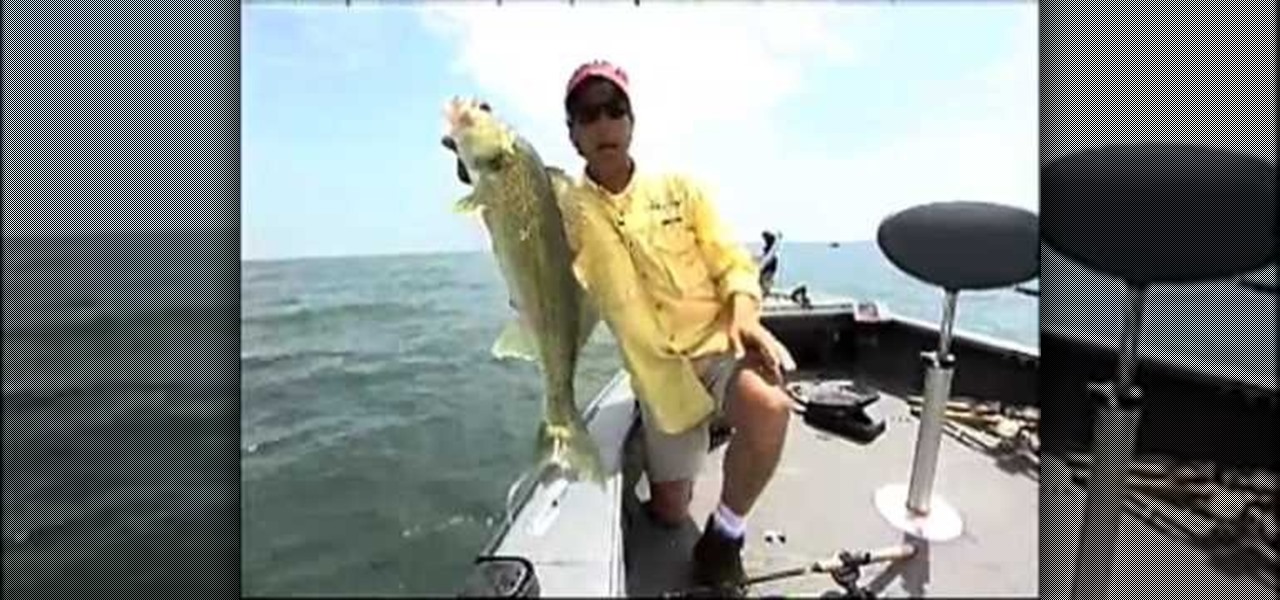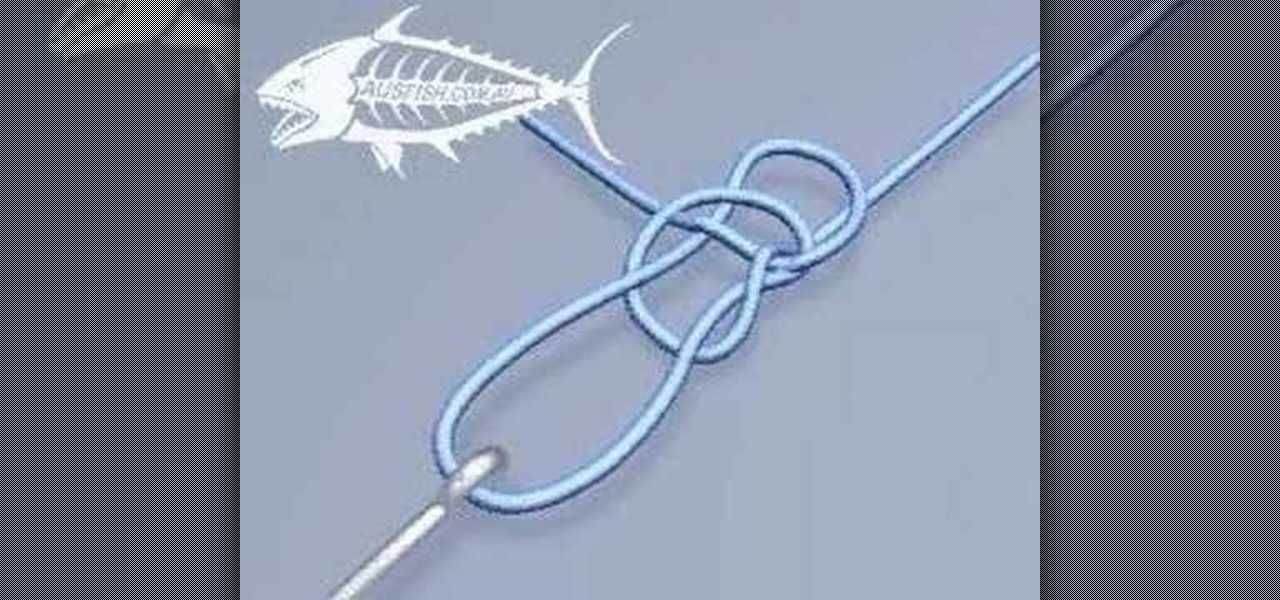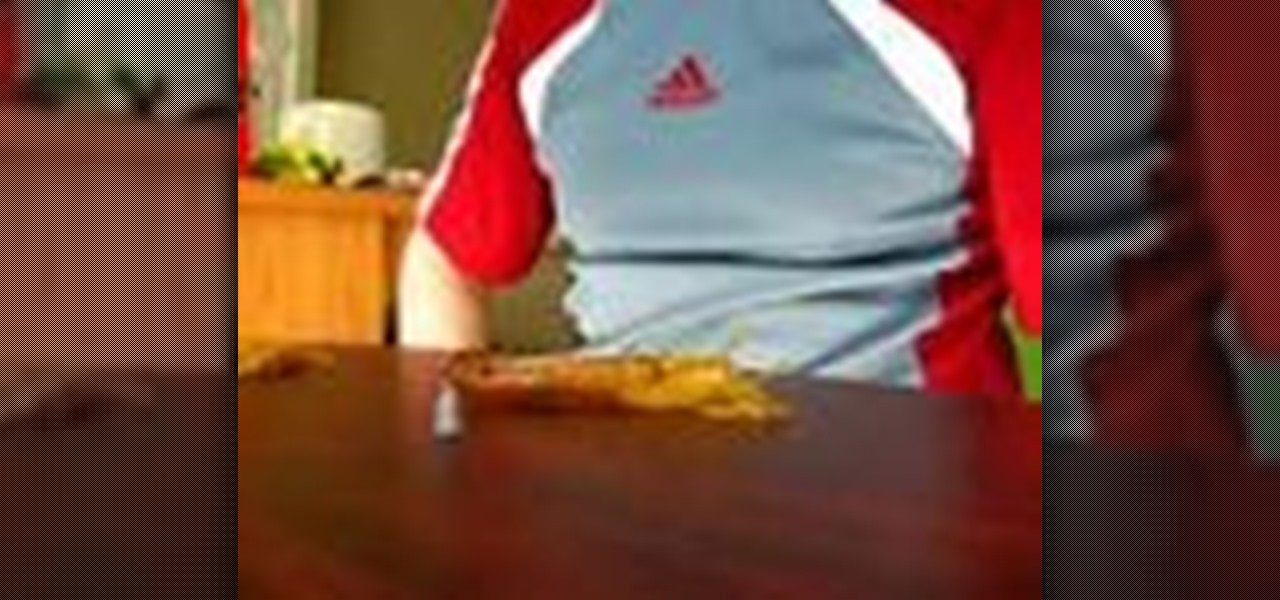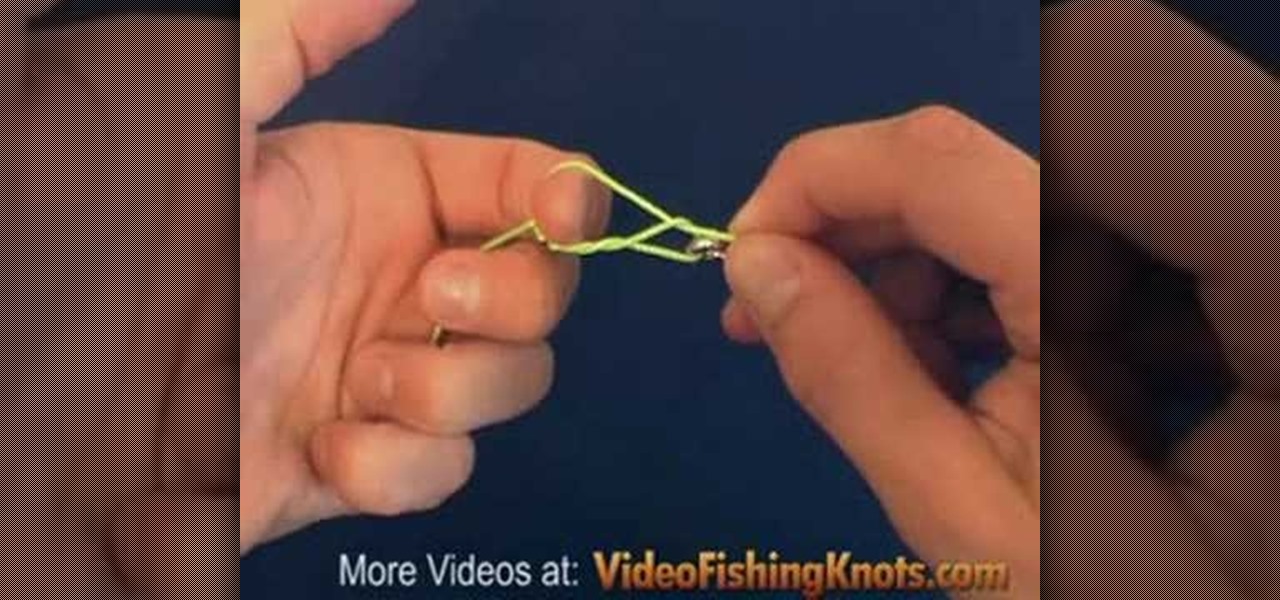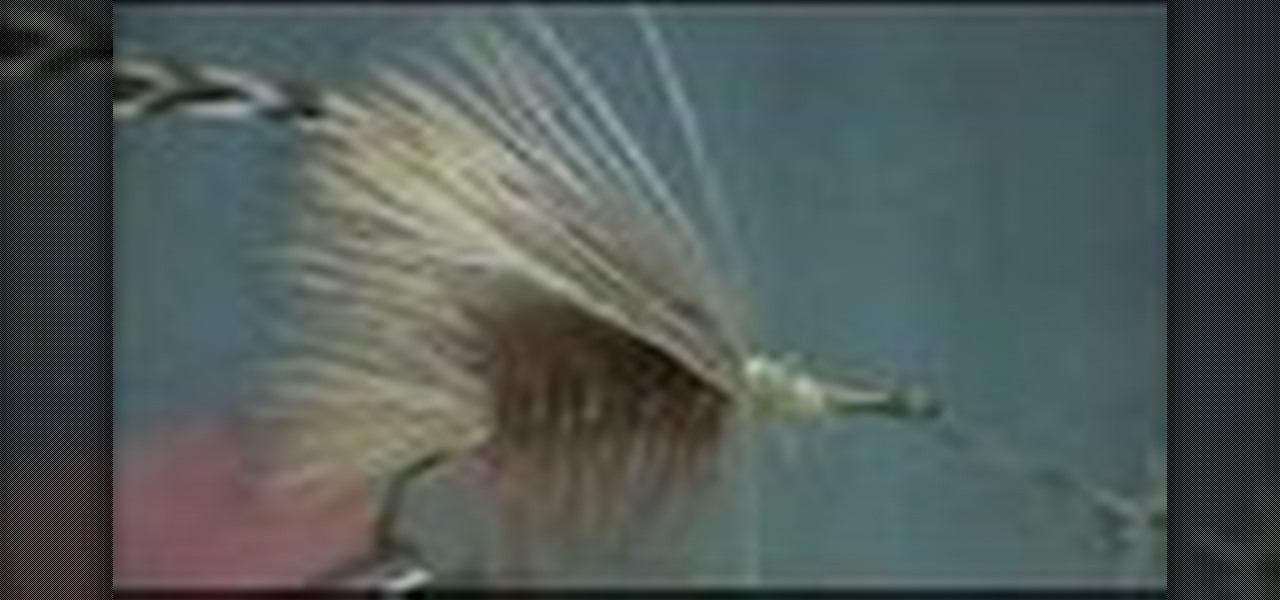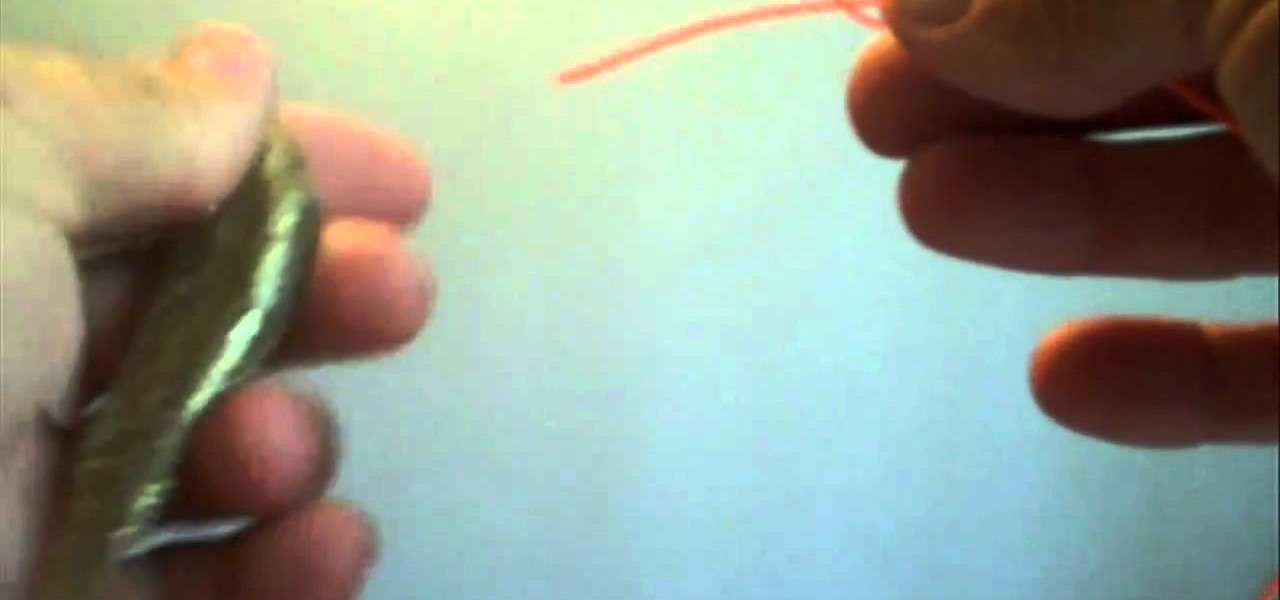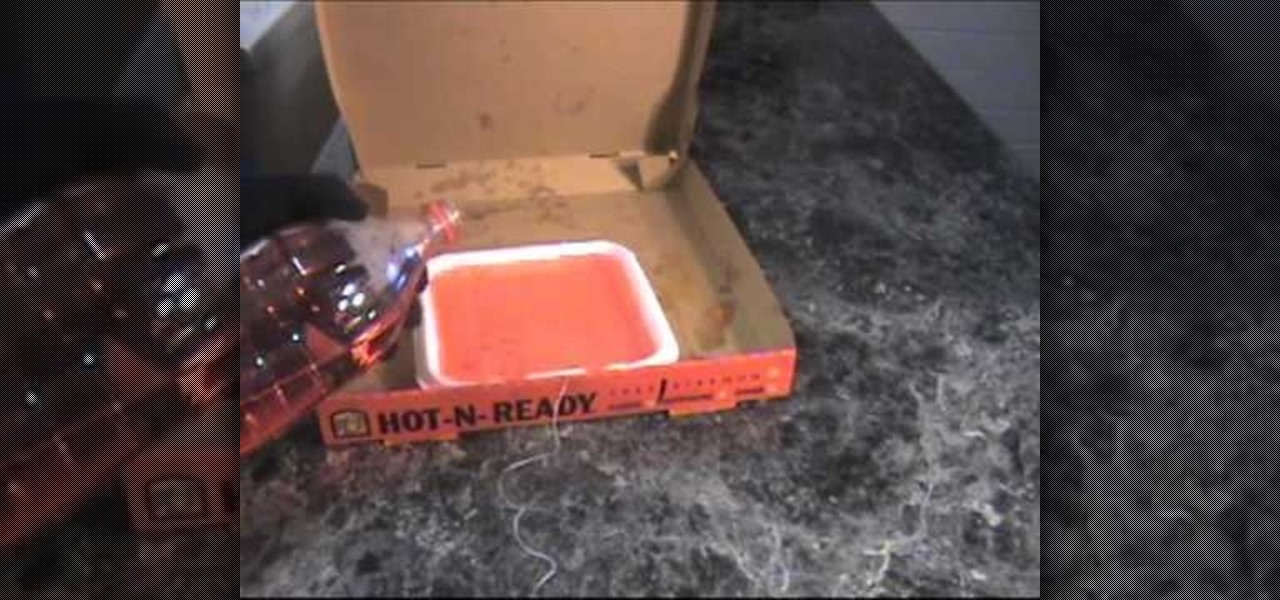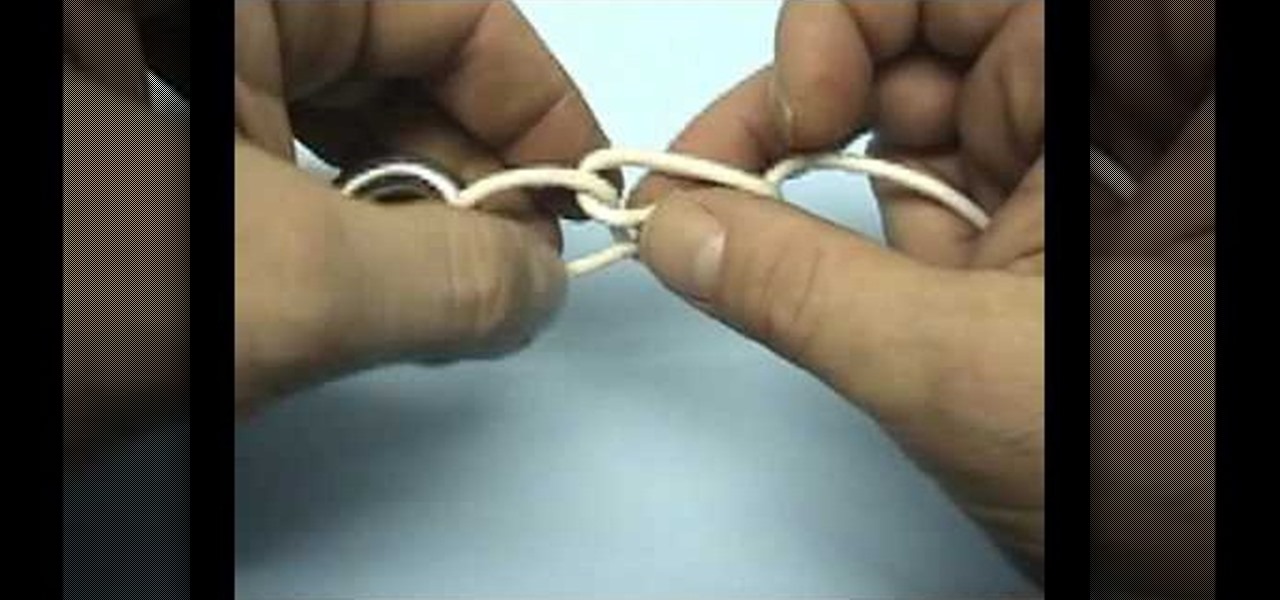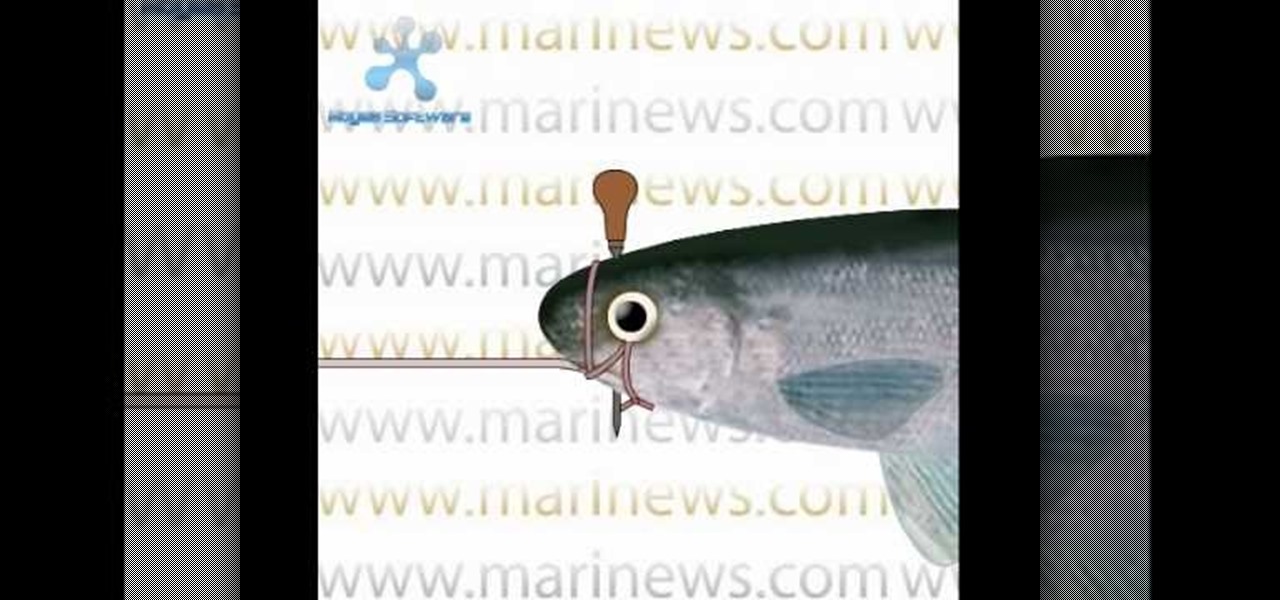
So, you've mastered the knot tying process for fishing, and you already know how to catch bait, so now what? You need to put that live bait to good use... this animated tutorial from Marinews will show you how to rig skip baits using a whole fish for fishing. Catching bait might just be as hard as baiting fish, but it's all in good fun when you kick back with a brewsky in your hands. You can learn by simply watching the bait rigging animation at a moderate speed, or if need be, click on "lear...
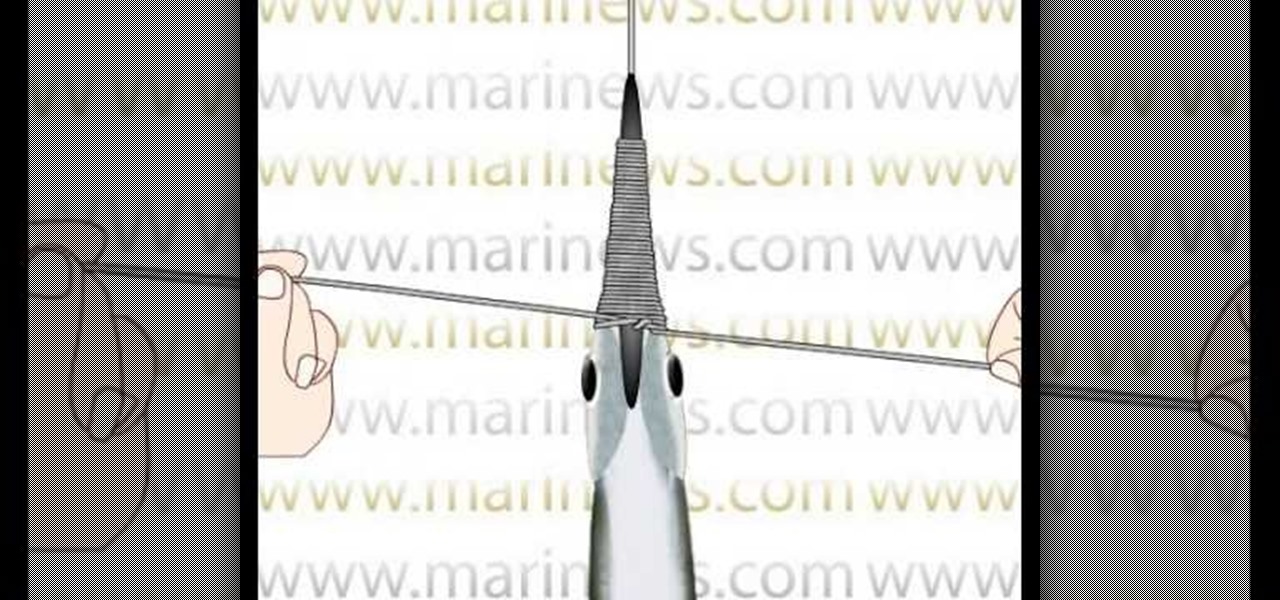
So, you've mastered the knot tying process for fishing, and you already know how to catch bait, so now what? You need to put that live bait to good use... this animated tutorial from Marinews will show you how to rig a garfish for fishing swimming bait. Catching bait might just be as hard as baiting fish, but it's all in good fun when you kick back with a brewsky in your hands. You can learn by simply watching the bait rigging animation at a moderate speed, or if need be, click on "learn by s...

The Winogradsky column, invented by Sergei Winogradsky, is a device for culturing a large diversity of microorganisms. Pond mud and water are mixed into a column using carbon sources like newspapers and sulfur sources like egg yolks. Left in the sun for a few months, the column becomes a colony rich with microorganisms, bacteria, cyanobacteria, and algae. In this video, scientist Karen Dodson shows you how to make your own.
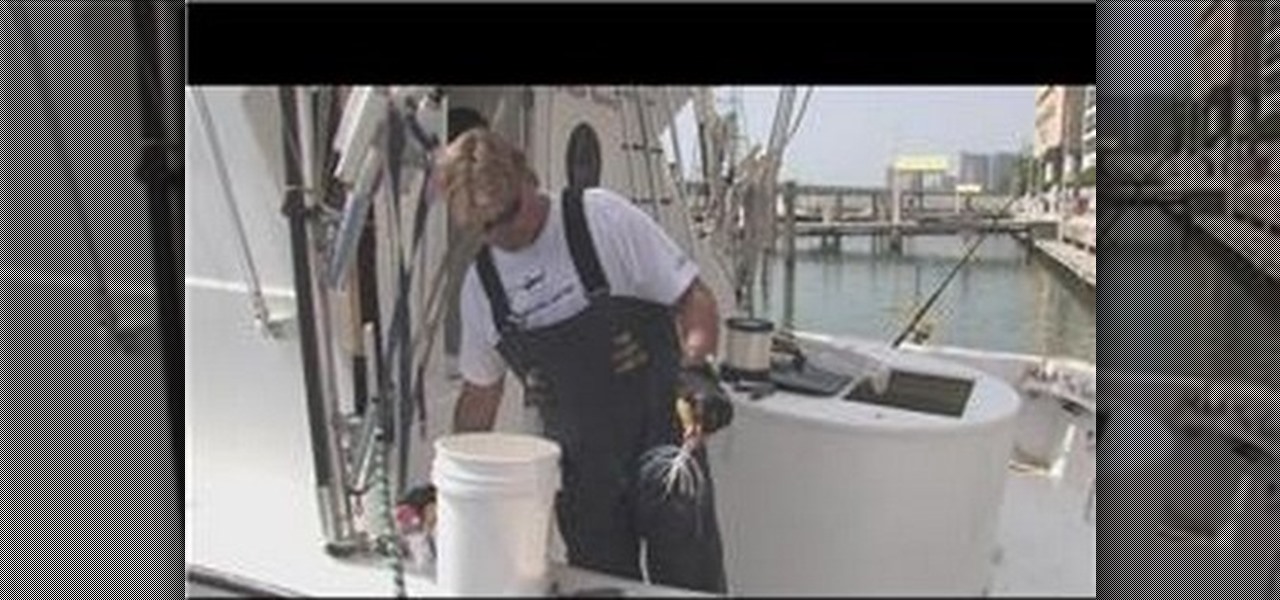
Learn how to clean old fishing lures by washing away the corrosive salt in it. First add some soap to a bucket and then add some water to it. Take your fishing lure, clean it with the soap water using a sponge and spray some water to wash it. Spray some WD-40 on the rear of the fishing lure. Take your other lure and clean it using the same procedure to the get corrosion off it. Finally pack all the cleaned fishing lures and start for fishing.

Tips for baiting your ice fishing hooks. Learn more about how to get started in this winter sport in this ice fishing lesson from an experienced fisherman.
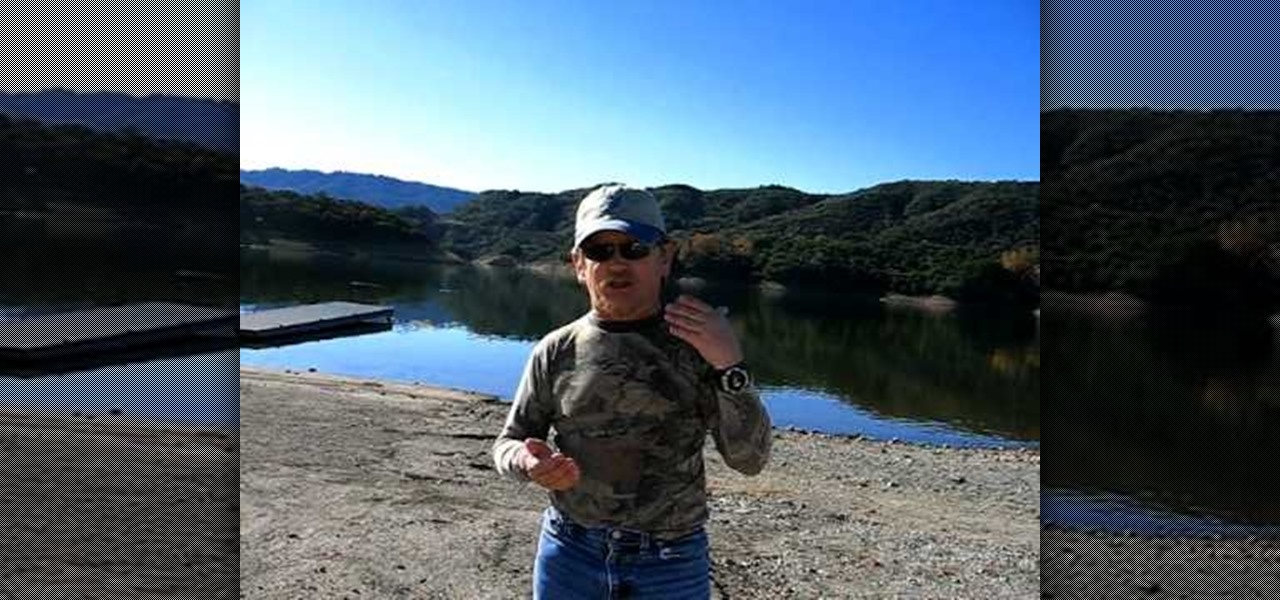
Bass have to be able to see your lure to be able to bite it. This video features a former bass guide explaining how bass see some different types of lures, and how to use different types of lures to make sure that the bass are seeing what you have to offer. He also discusses spinner baits extensively, covering technique and proper timing for using them.

To fish with a plastic grub or a plastic worm, rig with a lead head so that the lure will go to the bottom and "swim" back to the boat, imitating a crayfish or a baitfish. First, cast your lure out to a likely spot like a rock or a tree or some place that looks like a good habitat for a fish. Let the bait hit bottom because bass like to watch it come down. They will swim over and inspect the lure on the bottom. You can raise your rod to lift the lure up and down or you can reel in the lure sl...

Fishing ins one of the most complicated forms of outdoor recreation. This video provides instruction on what should be one of the simpler aspects of it: using vertical jigging with a slab lure to catch a fish. That is a combination of a simple technique with a simple lure, but many fishermen utilize it improperly, and this video is here to correct your technique and enable you to catch many more fish much more easily.

The Rapala Knot is the knot that the Rapala brothers recommend to use with Rapala lures. The Rapala Knot attaches the lure with a loop at the end of the line. The loop will allow the lure to move freely and naturally. The Rapala brother also emphasize that the line is attached directly to the eye of the lure without the use of a snap or swirvel. Again this is to insure a natural movement. Follow along with this HowTo video tutorial to learn how to tie a rapala loop the next time you go fishing.

In this video by Dogmantics, dog trainer Emily Larlham goes over how to get rid of the lure to food.

Mark the Shark demonstrates how to bait a fishing line with a lure for deep sea fishing. Use a three to four foot 50 pound test leader when deep sea fishing. First, put the line through the lure and tie on the hook. This technique is good for high speed trolling when the boat is moving fast because the lure will look like it is live bait. You can also use live bait like herring with a single hook. Thread the hook right through the nose of the fish so that the herring can stay alive all day. L...

One of the most important features on the jerk bait is the front end diving lip which is used to make the lure dive deeper in the water when the jerk bait is pulled by the fishing rod. There is one more very important feature involved in using this jerk bait. It is the "pause" and "jerk" motion of the lure. This action should be performed after the line is fully cast out and fully under the water and all of the slack left in the fishing line is reeled in and gone. The reason for the "pause" i...

The Clinch Knot is used to secure your fishing line to your fishing lure. In this video, learn how to tie a secure clinch knot, step by step. You can't fish without a sturdy lure, so watch the video and practice until you master the knot on your own. Once you've got it, attach your bait and you are on your way! Happy fishing!

Nymph fly fishing is pretty tough and requires some key elements to make it successful. With this video you'll learn how much weight you'll need to use for your lure, how to cast and lure properly, as well as what sort of equipment you should have with you.

Fishing is one of the many outdoor activities where tying different types of knots is crucial, and where debates over which knots are superior are common. This video features a former bass guide demonstrating how to tie his favorite fishing knot, a 100% knot. It is very simple to tie and very effective at holding your lure. Practice it, and you should be able to save yourself time and irritation out on the lake.

Using a rubber worm with a lead cast you must first understand how it fells in the water. The lead cast will allow the bait to travel to the bottom. When the lure is at the bottom you will know because the line goes slack. Next is to lift the line up and let it rest on the bottom again. Do this twenty-five times to really get the feel of the weight and lure. When casting for real the practice will come in helpful because the Bass will look at the lure on the bottom and strike at it when it is...

Learn to use Gorilla glue to make Fly fishing lures.

Steve walks us through rigging a 9" Slug-go. You can't deny that he knows what he's talking about. You just can't. See it in this two-part video.

This video demonstrates how to rig a Berkley style rubber shad lure bait (Texas style) for striped bass fishing. The technique can be applied to other kinds of rubber lures.

The 3-inch wacky rigged senko is a good type of bait, but like most it has a specialized technique that you need to use to get the most out of it. This video features a former bass guide explaining how to properly use one of these lures to catch big bass. Get out to the lake and catch some big ones! But, as our host says, throw back the big ones so that they can breed and keep our lakes and rivers populated.

Spinner bait are good for attracting and catching bass when fishing. In order to have the lure and the bait working correctly when using this type of bait, you will have to attach the bait directly to the lure. This can be done using the improved fisherman knot. After threading the line through the bait, you should leave about 6-8 inches of line to tie the knot. Begin by making about 5 twists around the line and then thread the line through the hole created below the twists. After threading t...

Fishing is already tough for some, especially those with not much experience. But in this next tutorial, not only can beginner's better their chances of catching soemthing, its a technique that can be done easily by most. The video will show you how to rig 2 lures to fish at the same time. It may sound difficult, and for some it is, but it helps better your chances of coming home with a big one. So good luck, pay attention, and enjoy!

Know what walleye eat. Walleye eat smaller fish, such as minnows or shad, so lures that imitate fish, such as spoons or thin-minnow crankbaits are good choices. Walleye also will eat nightcrawlers, insects and leeches, although artificial forms of these baits usually are not as productive.

There are many clever ways to kill a Big Daddy effectively in Bioshock. This method makes use of trap bolts. The best place to do this is in a corridor that contains no metal or glass surfaces.

Ex girlfriend tracking you like a stalker? Find the leaks. She may be going through your email or phishing some information. Does she want a confrontation? Lure her to a public place then get her to cause a scene in front of security. Or last case scenario, fake your own death!

Check out this fishing tutorial video that illustrates how to tie a Perfection Loop fishing knot for tying lures to a fishing line. The Perfection loop is a fishing knot that forms a perfect loop at the fishing line. Just follow the simple steps outlined in this instructional fishing video and reel in the big fish!

There are as many different types of bait as there are types of fish. This video features a bass fisherman describing how to make one bait that he is very fond of, an internal weighted tub jig. It is light, skips well, and is sure to catch you a lot of fish after you make one and take it to the lake with you on your next fishing trip.

In this instructional fishing video from Fishing-Live-Bait, you will learn how to properly tie The Rapala Knot with the Rapala loop that was invented and recommended by the Rapala brothers, who developed this special type of lure. Using an oversized rope that makes it much easier to see and understand how and what he is doing with the string, the host demonstrates for you how to tie this particular knot in an easy to follow, step-by-step manner.

The Tucked Half Blood Knot is a normal half blood knot where the tag end is tucked in the final step. This will make the knot stronger and prevent it from slipping open. The tucked half blood Knot is used for the same applications as the ordinary half blood knot - to attach hooks, swivels and lures to the line. Watch this video fishing tutorial and learn how to tie a tucked half blood knot.

Chris from the Caddis Fly shop in Eugene, Oregon shows you how to tie the yellow stimulator pattern lure.

A loop knot can be used to attach most fishing lures and all hooks and flies. A loop allows greater action of the lure or fly and always ensures the line will pull straight down the shaft. With knots that cinch tight agains the eye of the hook, the may move off to one side causing it not to pull straight.

Here is a video guide to attracting the clothier to your Terraria house. There are many npcs in Terraria who will set up shop in your house under the right conditions. Watch this video to learn how to lure this one.

This video will show you a clever strategy for creating a mob trap in the lava level of Terraria. By luring mobs into the lava you'll earn lots and lots of gold in very little time. This is so easy, you can watch a movie while you rack up the gold and silver.

Everyone is drawn to a box of pizza- the possibility of fresh, hot, cheesy goodness is simply too great to be ignored. So if you are looking to pull a prank on someone, the pizza box is the perfect lure.

From the simplicity of the landmine to complicated Rube Goldberg traps, this video shows you five different traps you can build in Minecraft to destroy zombies. Why bother fighting them when you can just lure them into death traps instead?

If you don't know much about fishing and are looking for a something to help you out, this tutorial may be what you need. In this video, you'll find out how to "walk the dog." It's a fishing technique that, is used by experienced fishermen and is used to help lure a fish into striking. So check out the video, pay attention, and enjoy!

Have an important date you're looking to get sexy for? In this video presented by Jennisse Makeup, learn how to get dark, black dramatic smoky eyes - perfect to lure him in with! Steal this smoldering smoky eye for your next date to make his heart beat a littl faster!

Just keep in mind this is made for a compulsion trainer that was new to clicker training, so there is a lot of luring going on in this video because it might be easier to explain. Shapers you have been warned! Splash was 6 months old in the 'how to' part of this video.

Fruit flies are nasty little pests, and an infestation—large or small—is an unwelcome sight in the kitchen. Aïda Mollenkamp demonstrates a quick, easy way to lure fruit flies away from your food in this home and garden how-to video.

When fly-fishing, use this knot to tie on a fly. The improved clinch knot, as demonstrated step-by-step in this how-to video, is most commonly used to attach a fishing line to the lure but can also attach the monofilament to a swivel or artificial fly. Watch this video knot-tying tutorial and learn how to tie the improved clinch knot for fishing.








